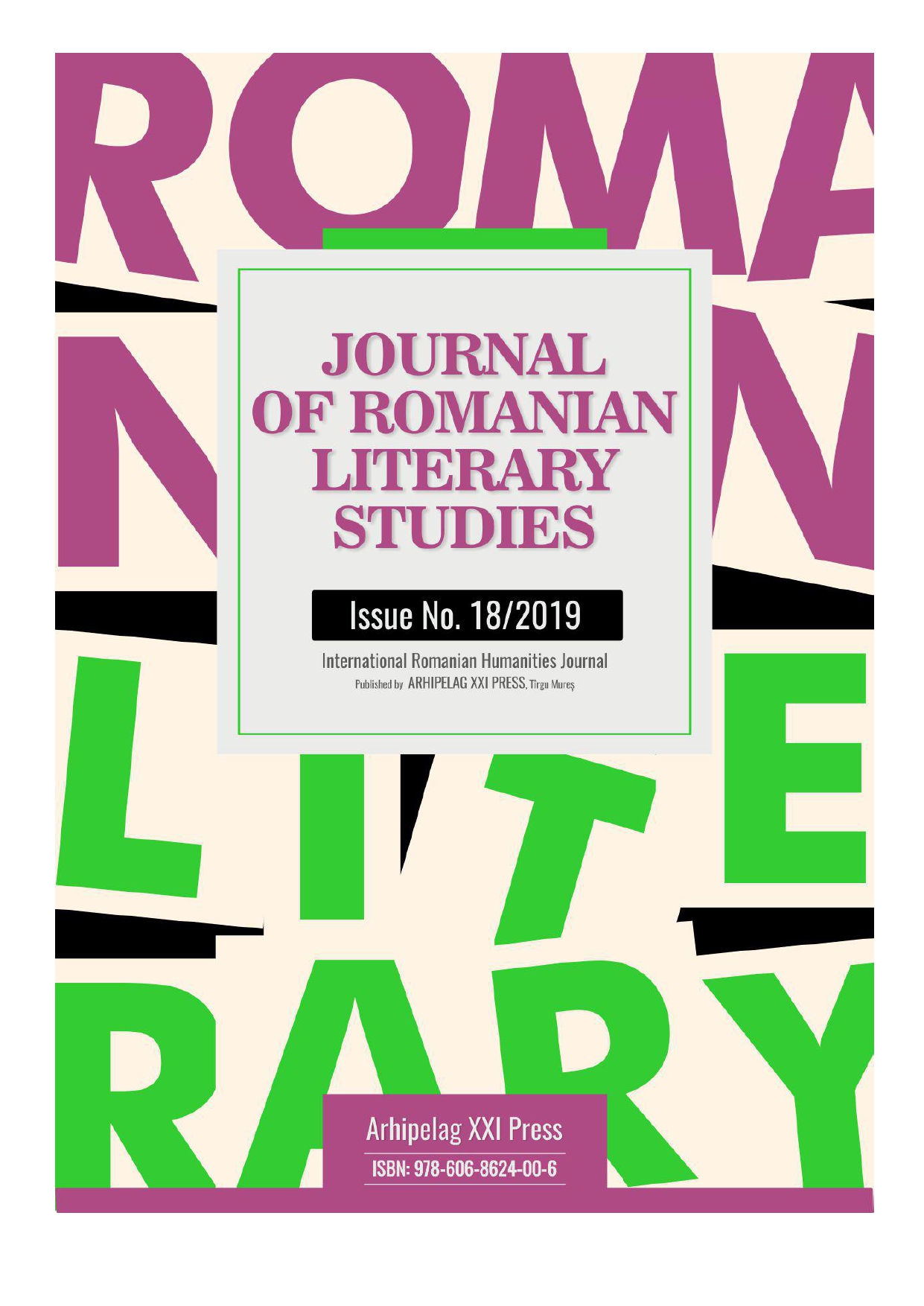NOMADIC GYPSIES, VAGRANCY AND POPULATION MOVEMENTS IN THE INTERWAR PERIOD, IN HUNEDOARA DISTRICT
NOMADIC GYPSIES, VAGRANCY AND POPULATION MOVEMENTS IN THE INTERWAR PERIOD, IN HUNEDOARA DISTRICT
Author(s): Dan-Victor TrufașSubject(s): Ethnohistory, Local History / Microhistory, Interwar Period (1920 - 1939), Migration Studies
Published by: Editura Arhipelag XXI
Keywords: nomadic Gypsies; vagrancy; Hunedoara district; interwar period; population mouvements;
Summary/Abstract: In the interwar period, Hunedoara district had population movements outside and within the county. These population movements were almost permanent and caused great concern among local government. Documents from that period speak of a generalized vagrancy. It overlaps the issue of criminality, which means civil crimes and actions against the state. Anyone could be considered a vagrant, possibly a criminal, if he could not prove his domicile within the county. They were suspected of vagrancy many workers, monks, evangelical pastors, sports hunters, prostitutes, tourists. The very difficult situation politically and socially explains this attitude. The nomadic Gypsies were in this typology because they did not have a home and often did not have a stable occupation to prove.
Journal: Journal of Romanian Literary Studies
- Issue Year: 2019
- Issue No: 18
- Page Range: 789-796
- Page Count: 8
- Language: Romanian

